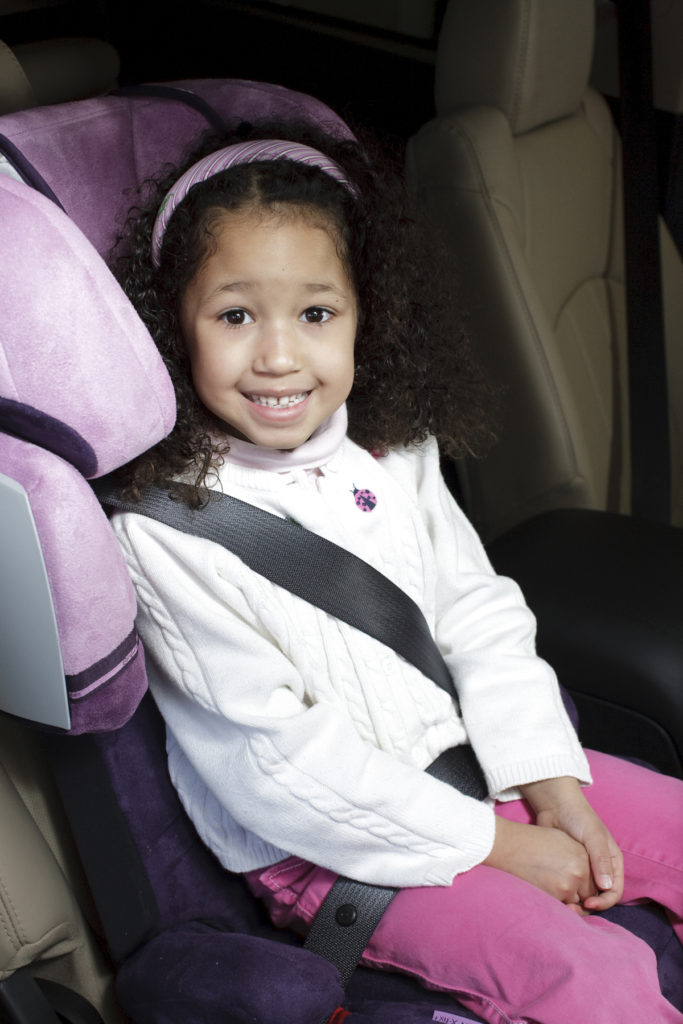
CAR & ROAD SAFETY
Booster Seats
 Children who have outgrown their car seats are not quite ready for a seat belt only, although they might try to convince you otherwise. Instead, have them transition to a booster seat that enables the adult seat belt to fit properly. Seat belts are designed for adults, not children.
Children who have outgrown their car seats are not quite ready for a seat belt only, although they might try to convince you otherwise. Instead, have them transition to a booster seat that enables the adult seat belt to fit properly. Seat belts are designed for adults, not children.
Still not convinced? Children 4 to 8 years old seated in a booster seat in the back seat of the car are 45% less likely to be injured in a crash than children using only a seat belt.
Choosing the right car seat is high on the list for any new parent, and every parent plans to leave the hospital with a newborn securely buckled in a car seat. As children get older, using a car seat or booster seat may feel more like an option rather than a requirement. But it is definitely a requirement!
Pennsylvania law requires all children who are under age 8 to be properly buckled into a child safety seat or booster in the back seat. Children 8 or older, or who are 57 inches tall or 80 pounds, may use the lap and shoulder seat belt if it fits properly. You can use a high-back booster, or a backless booster seat, depending on your needs.
Best practice is to use a booster until the seat belt fits correctly, no matter the age, height or weight of the child. Every vehicle is different; every seat is different. Use the seat belt fit test below with your child in every vehicle.
Booster Seat Tips
- Use a car seat or booster seat correctly in a back seat every time your child rides in a car.
- Booster seats are not installed the same way car seats are; a booster seat uses no harness. Position the booster seat on the vehicle seat and use the booster seat to properly position the lap portion over the child’s hips and the shoulder belt across the collar (clavicle) bone.
- Booster seats must be used with a lap and shoulder belt. Lap-only belts are not acceptable and pose a higher risk of injury when used with a booster.
- Never place the shoulder belt under the child’s arm or behind the child’s back.
- Be sure all occupants wear safety belts correctly every time; children learn from adult role models.
- Tell all drivers who transport your child that they must use a booster seat for your child.
- Never leave children alone in a vehicle.
Safety Belt Fit Test
When your child reaches 4 feet 9 inches, use the Safety Belt Fit Test to determine if the child is ready to use the adult seat belt without a booster. Use the test on every child under 13.
- Can the child sit all the way back against the auto seat? Have your child sit in a back seat with their bottom and back against the vehicle’s seat back. Can your child stay in that position through the duration of the trip? If yes, go on. If not, the child must remain in a booster seat.
- Do the child’s knees bend naturally at the seat’s edge? If yes, go on. If not, the child must stay in a booster seat.
- Buckle the seat belt. Does the lap belt stay low on the hips? If yes, go on. If it rests on the soft part of the stomach, the child must stay in a booster seat.
- Look at the shoulder belt. Does it lay centered on the collarbone and shoulder? If yes, go on. If it is on the face or neck, the child must remain in a booster seat.
- Can the child maintain the correct seating position with the shoulder belt on the shoulder and the lap belt low across the hips for the whole trip? If yes, the child has passed the Safety Belt Fit Test. If no, the child should return to a booster seat and re-test in a month.





